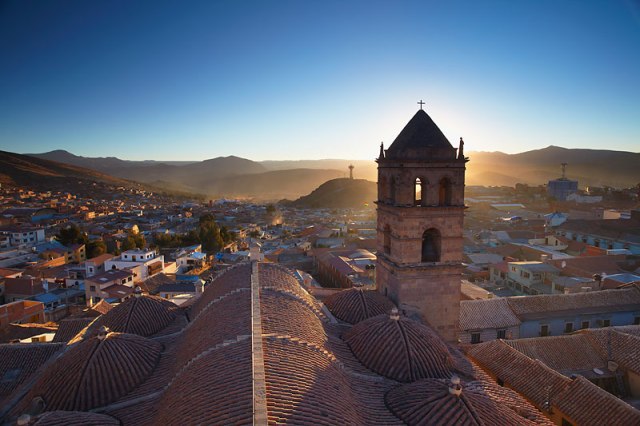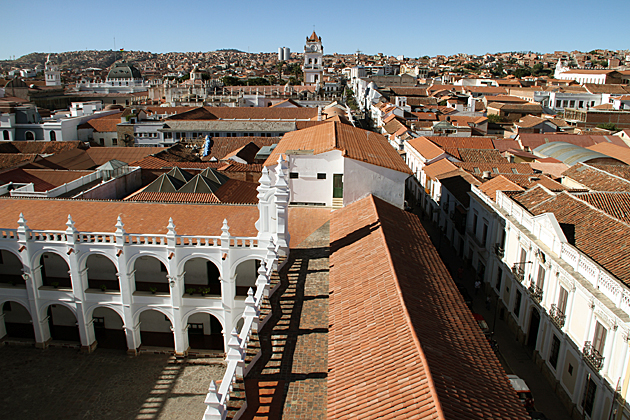Bolivia is a country located in the heart of South America, known for its cultural heritage, diverse landscapes, and rich history. Among its many cities, two of the most important ones are Potosí and Sucre, which are located in the south-central region of the country. Both cities are connected by a well-traveled route, and traveling between Potosi and Sucre by bus can be an excellent way to experience some of the best sights and attractions that Bolivia has to offer.

Potosí is a historic city located in the highlands of Bolivia, at an altitude of over 4,000 meters above sea level. Founded in the 16th century, this city was once one of the largest and wealthiest cities in the world, thanks to its abundant silver mines. Today, visitors to Potosí can explore the city’s colonial architecture, learn about its fascinating history at museums and other cultural sites, and take in the stunning mountain vistas that surround the city.
One of the most famous attractions in Potosí is the Cerro Rico mountain, which was the source of much of the city’s wealth during the colonial era. Visitors can take a tour of the mines, which are still in operation today, to learn about the challenges and dangers faced by the workers who extract silver and other minerals from deep beneath the earth’s surface. The Casa Nacional de la Moneda is another must-see attraction in Potosí, as it is home to one of the oldest and most impressive mints in the world.

Sucre is the constitutional capital of Bolivia, and it is known for its picturesque colonial architecture, vibrant street life, and rich cultural heritage. With its warm climate and lush greenery, Sucre is a stark contrast to the rugged highlands of Potosí, and it offers visitors a chance to experience a different side of Bolivia.
One of the most popular attractions in Sucre is the Casa de la Libertad, which is where Bolivia declared its independence from Spain in 1825. The building now houses a museum that tells the story of Bolivia’s struggle for freedom and the role that Sucre played in that process.
Embark on the journey between Potosi and Sucre
The journey from Potosí to Uyuni covers approximately 210 kilometers and takes around four hours by bus. Along the way, travelers will pass through a variety of landscapes, including high-altitude deserts, rugged mountains, and colorful valleys. The bus ride is often bumpy and can be challenging for some travelers due to the rough terrain and high altitude.
You can purchase tickets to travel on this route at TicketsBolivia.com. The bus company Trans Emperador has service available all day with departures from Potosí to Sucre and the return starting at 06:00am until 07:00pm. on a normal type of bus. The cost is 20Bs. or around 3$us.
One of the highlights of the journey is the opportunity to visit the Salar de Uyuni, which is the largest salt flat in the world. This vast expanse of blinding white salt stretches over 10,000 square kilometers and is an otherworldly landscape unlike any other on earth. Visitors can take guided tours of the salt flats, which include stops at local villages, ancient ruins, and geothermal hot springs.
Overall, traveling from Potosí to Sucre by bus can be an excellent way to experience the rich history, diverse landscapes, and vibrant cultures of Bolivia. Whether you are interested in exploring colonial architecture, learning about the country’s mining heritage, or simply taking in the stunning natural beauty of the region, there is something for everyone along this route. So if you are planning a trip to Bolivia, be sure to add the trip between Potosí and Sucre to your itinerary and experience the best that this fascinating country has to offer.

